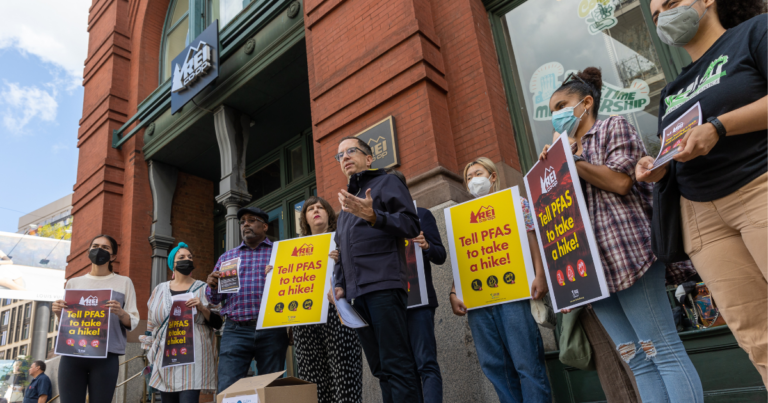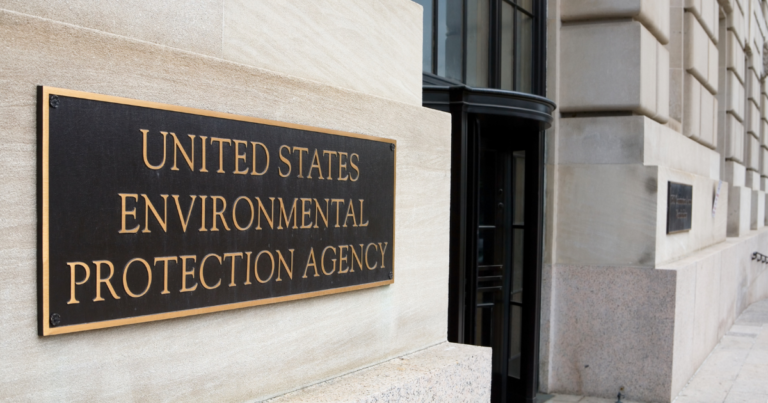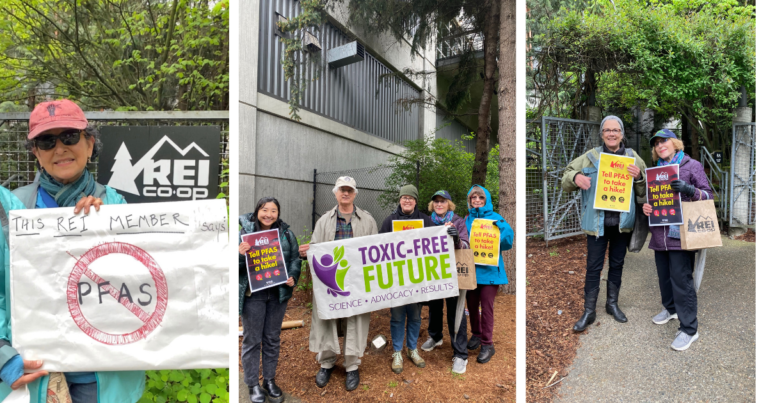Climate
The climate crisis and the toxic chemical pollution crisis are inextricably intertwined.
Fossil fuels responsible for the climate crisis—oil and natural gas—form the backbone of the chemical industry, making up 99% of its raw material. And making chemicals is hugely energy-intensive, with the petrochemical industry accounting for nearly a third of all the energy used by industry globally. Altogether, as it produces plastics and chemicals from oil and fracked natural gas, the chemical industry emits 7% of the world’s greenhouse gases. It’s one big toxic economy.
And the effects of climate change increase our exposure to toxic chemicals too. As glaciers melt, they are re-releasing banned chemicals that have been trapped in ice, such as PCBs and DDT.
As our planet experiences the effects of climate change, whether it is extreme weather events, droughts, or fires, we need communities and species to be healthy and more resilient. Reducing toxic pollution and exposure to dangerous chemicals that cause disease and death is a key solution. And, ensuring drinking water is safe and groundwater is clean are paramount.
In many cases, eliminating toxics and choosing safer materials that protect health also protects the climate. The use of toxic spray foam insulation is a prime example: it threatens worker health during installation, it contains toxic flame retardants, and it releases potent greenhouse gases during use and after disposal. A healthier choice is fiberglass, which is safer to make and doesn’t need climate-harming blowing agents.
Continuing to pull oil and gas out of the ground to make plastics and hazardous chemicals threatens the health of people and the planet. We need safe chemicals and materials that can be reused, properly recycled, or composted back into the earth.
We are...
- Stopping the use of hazardous chemicals like PFAS that contribute to climate change through their manufacture then pollute the drinking water and groundwater resources that will continue to get more and more scarce as climate change impacts increase.
- Driving down the demand for hazardous chemicals and plastics made from oil and gas by convincing retailers and governments to adopt policies.
- Targeting phaseout of materials and chemicals that are both harmful to health and result in climate pollution.
- Increasing the use of safe chemicals and materials that can be reused, recycled and composted.
- Advancing policies that change the current system which favors fossil fuel-based chemicals and materials.




